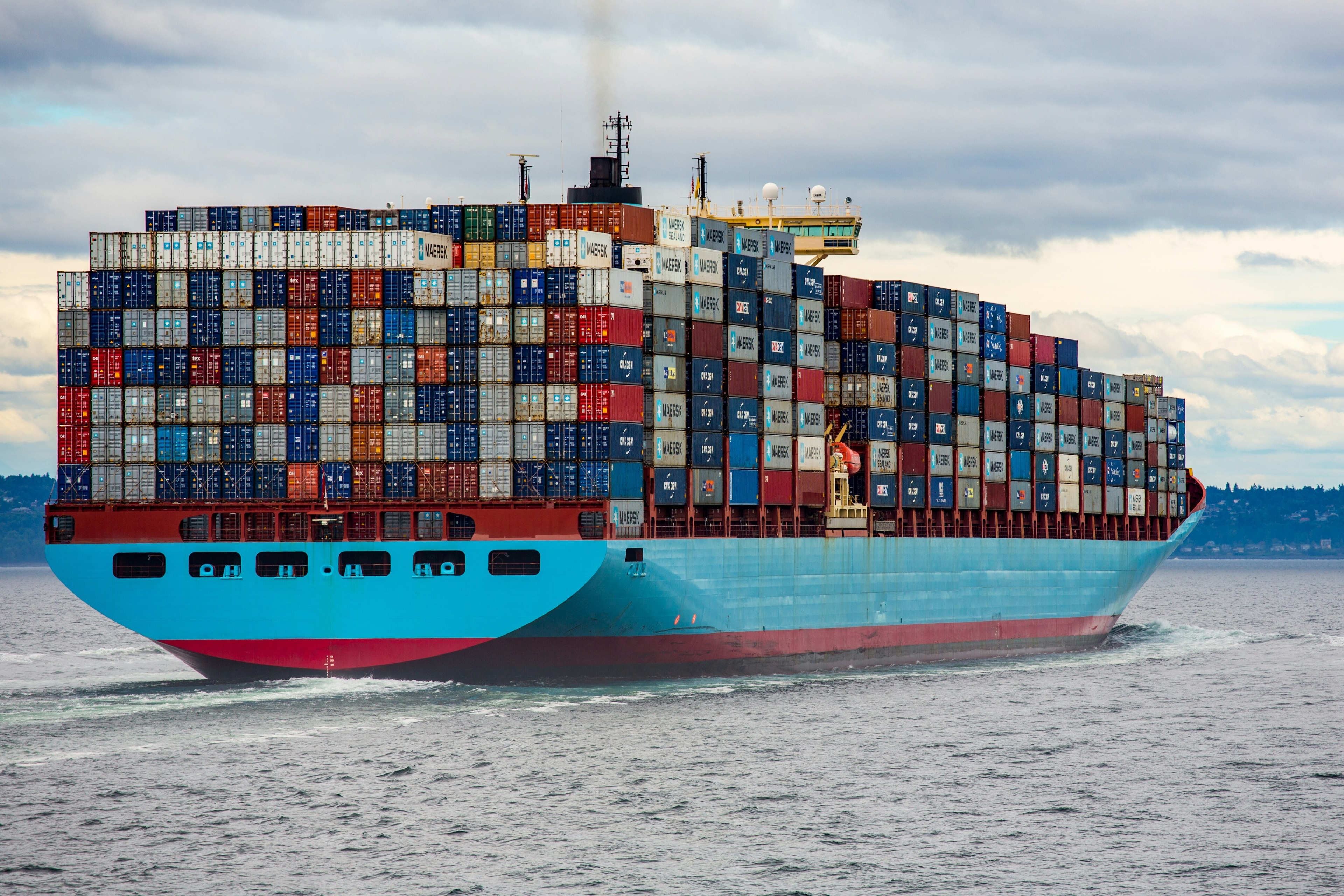If shipping were a country, it would be the world’s sixth-biggest greenhouse gas emitter

International shipping is a major source of emissions.
Image: REUTERS/Fabian Bimmer
Stay up to date:
Trade and Investment
The vast majority—roughly 90%—of all internationally traded goods get to where they’re going by sea. The ships that transport these goods are a massive source of greenhouse gases, in part because they use “bunker fuel,” the dregs of the fossil-fuel refining process. It’s extremely cheap, one reason you can get international goods all over the planet. But it’s also one the world’s dirtiest diesel fuels, with a much higher carbon content than, say, the diesel fuel used in cars.
Between 2007 and 2012 (the most recent period for which we found data), global shipping by sea amounted to an average of 1 billion metric tons of CO2 per year, according to the International Maritime Organization (pdf), a branch of the United Nations. That means shipping vessels account for 3.1% of global CO2 emissions per year.
That’s more than the annual CO2 emissions of Germany, the sixth biggest emitter by country (775 million metric tons in 2016). It’s less than Japan, which ranks fifth, at 1.2 billion metric tons.
That’s why it’s significant news that the 173 member countries of the IOM just adopted the first broad international strategy to reduce shipping CO2 emissions. It calls on shipping companies to cut their emissions by 50% from 2008 levels by the year 2050.
The IOM also said it wants to “phase [emissions] out, as soon as possible in this century,” but as InsideClimate News explains, even hitting the 50% goal will require considerable changes to the entire industry.
A mandatory reporting system for fuel consumption in the industry went into effect this year. In 2023, after the system has time to gather some data, the IOM countries will revisit this initial strategy in 2023, to reassess the state of industry emissions and efforts at reduction.
All those emissions impact human health, too
Cargo ships are a major source of non-CO2 greenhouse gases as well, many of which are associated with eroding human health. Bunker fuel can have a sulfur content up to 3,500 times higher than gas used in diesel cars. Burning bunker fuel is responsible for 13% of the world’s sulfur dioxide pollution each year, along with 15% of the world’s NOx pollution, according to the IOM (pdf). Both SO2 and NOx are smog-forming and a precursor to ozone, and ozone is linked to asthma, heart disease, premature death, and an array of pregnancy complications.
That’s not to mention the particulate matter released as soot from bunker fuel-burning ships. It’s no surprise, then, that proximity to international shipping ports is correlated to lung damage in children’s lungs, and that researchers in 2009 found pollution from the roughly 51,000 cargo ships on the sea at the time was likely to have contributed to about 60,000 premature deaths a year.
Don't miss any update on this topic
Create a free account and access your personalized content collection with our latest publications and analyses.
License and Republishing
World Economic Forum articles may be republished in accordance with the Creative Commons Attribution-NonCommercial-NoDerivatives 4.0 International Public License, and in accordance with our Terms of Use.
The views expressed in this article are those of the author alone and not the World Economic Forum.
Related topics:
Forum Stories newsletter
Bringing you weekly curated insights and analysis on the global issues that matter.
More on Trade and InvestmentSee all
Mekhla Jha
September 15, 2025
Kimberley Botwright and Stijn Van Doorn
September 15, 2025
Nagendra Bandaru
September 8, 2025








